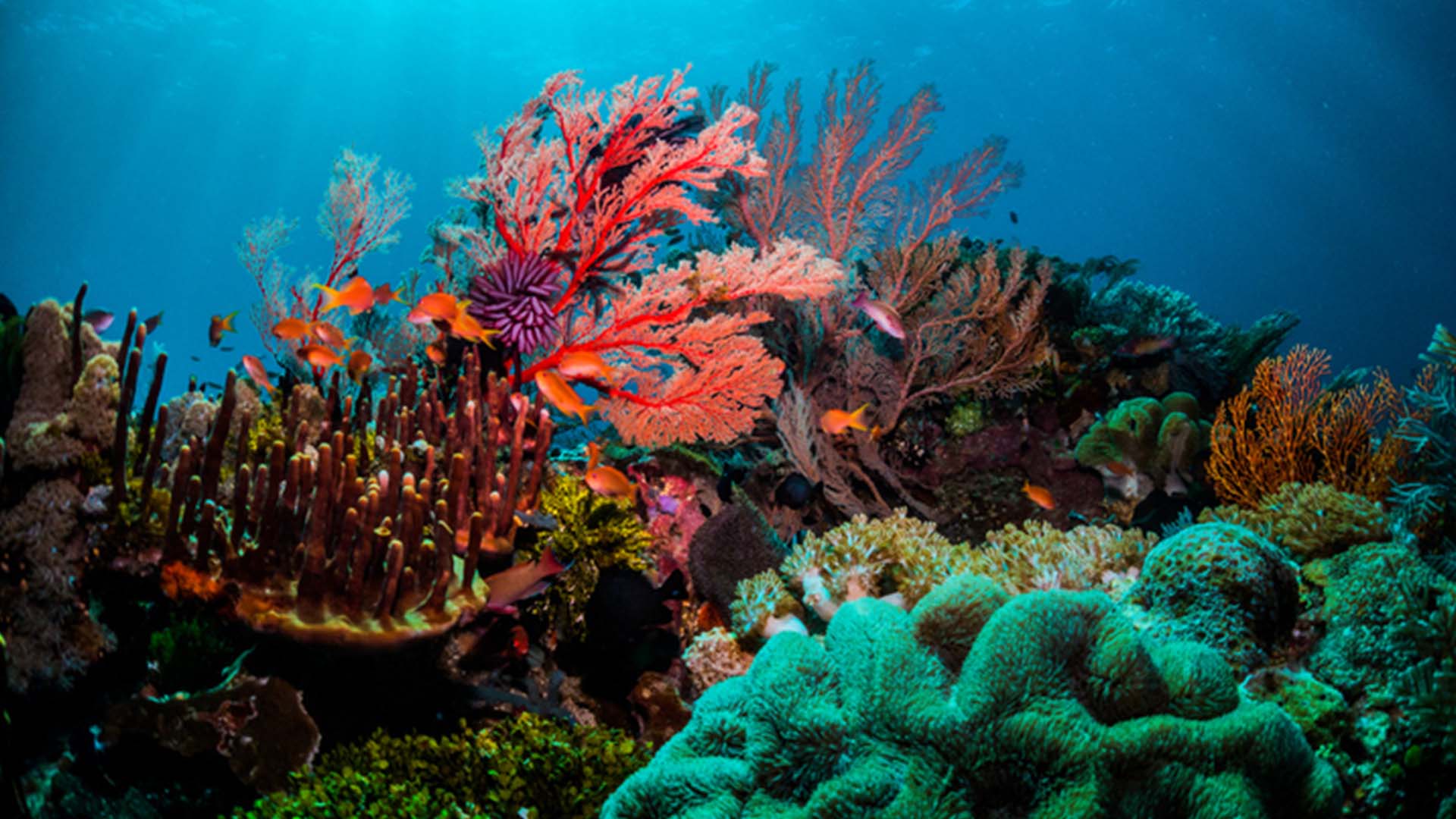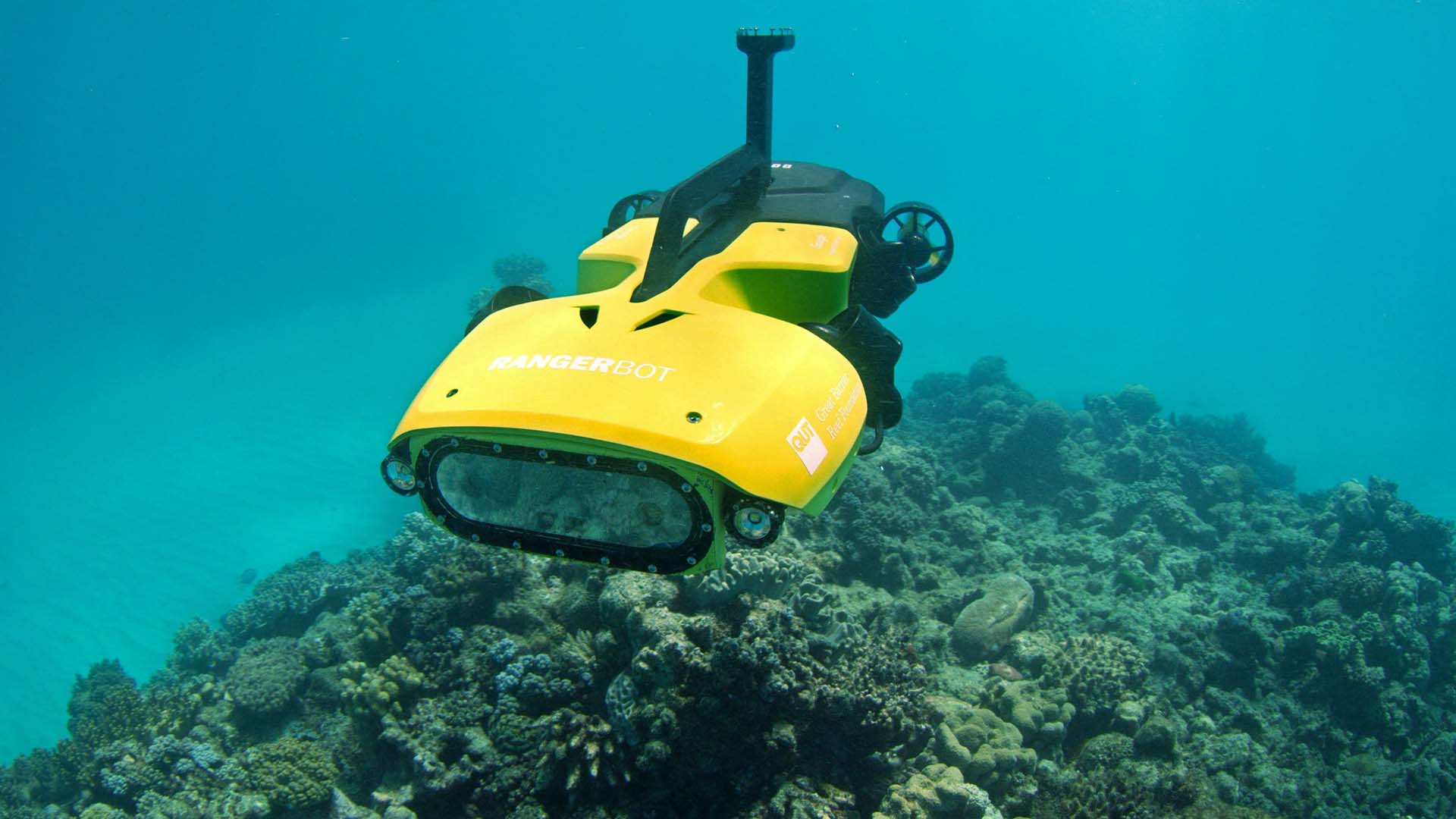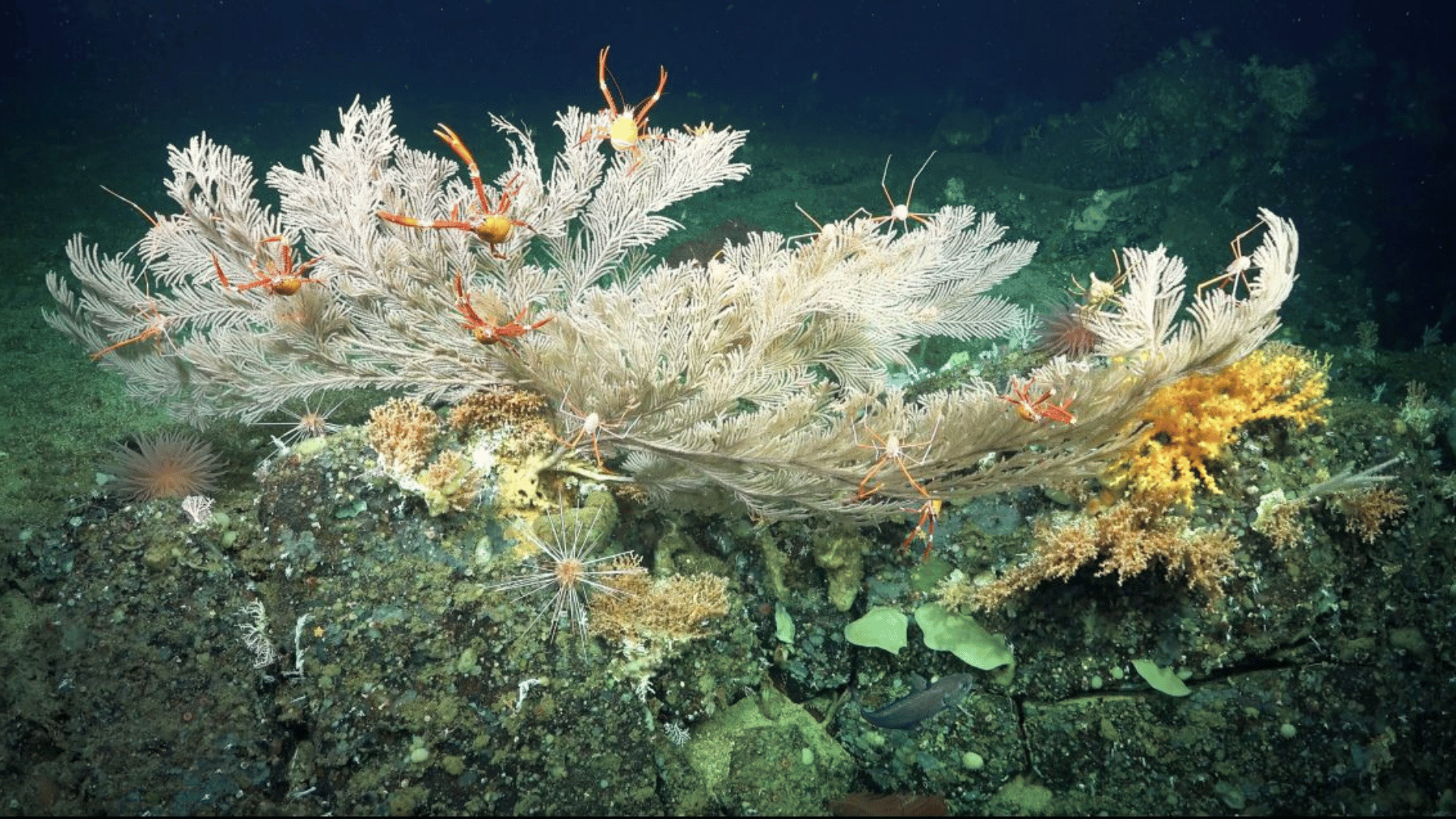An international team of scientists may have discovered more than 100 new species of fish using a deep sea robot called ROV SuBastian. The new species were found during a mission to explore seamounts off of the coast of Chile.
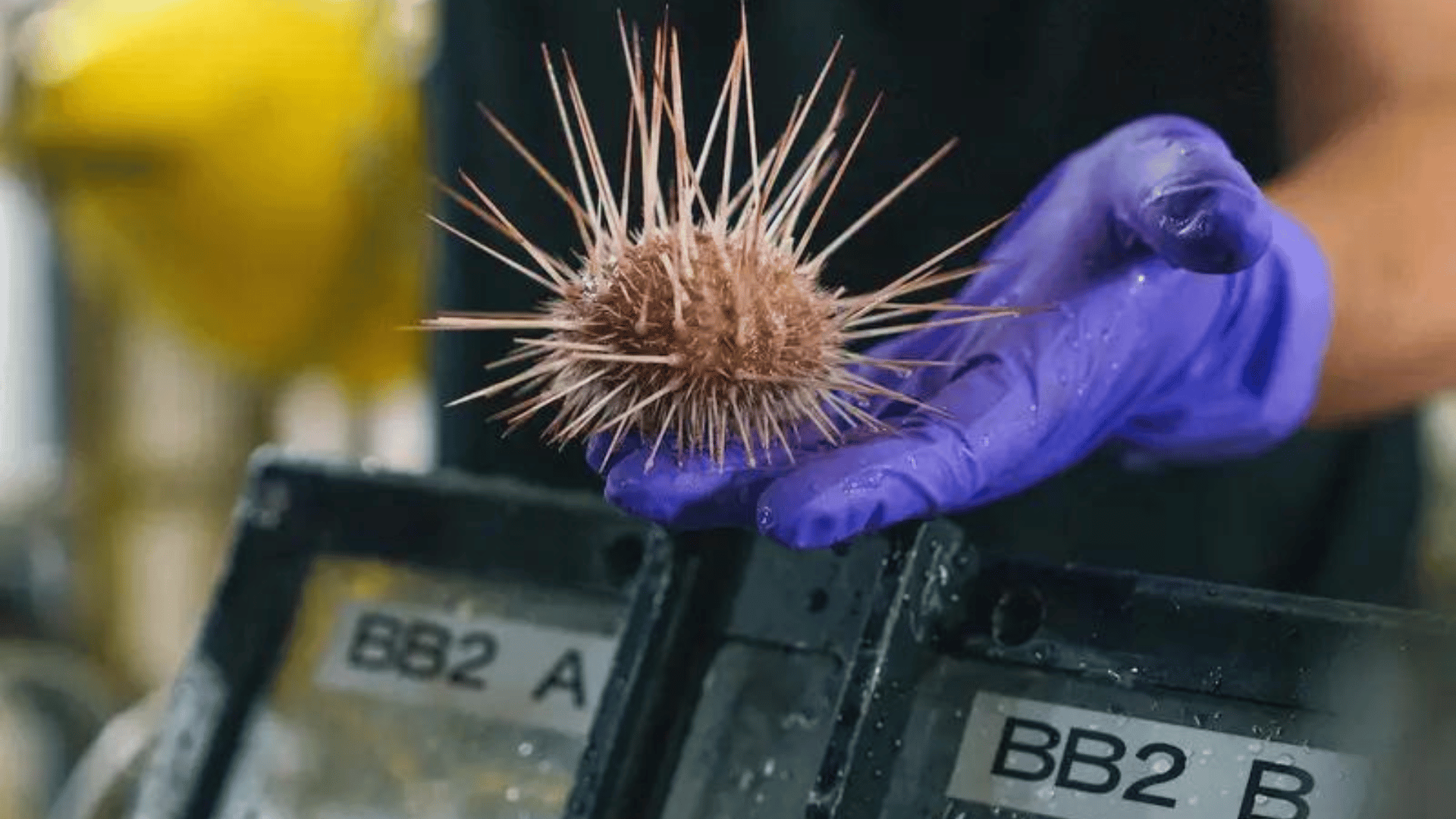
Seamounts are large underwater mountains that can be found in every ocean basin on Earth and often form due to volcanic activity. They are a critical habitat for corals, mollusks, crustaceans, fish, marine mammals, and more.
During the expedition, scientists found that each seamount hosts distinct ecosystems and supports numerous vulnerable marine habitats, including thriving coral reefs and sponge gardens. The recently explored underwater mountain chain comprises more than 200 seamounts and runs from offshore Chile to Rapa Nui.
The mission, conducted by Schmidt Ocean Institute, resulted in the identification of deep-sea corals, sea urchins, squat lobsters, glass sponges, amphipods, and other species that are likely new to science.
Explore Tomorrow's World from your inbox
Get the latest science, technology, and sustainability content delivered to your inbox.
I understand that by providing my email address, I agree to receive emails from Tomorrow's World Today. I understand that I may opt out of receiving such communications at any time.
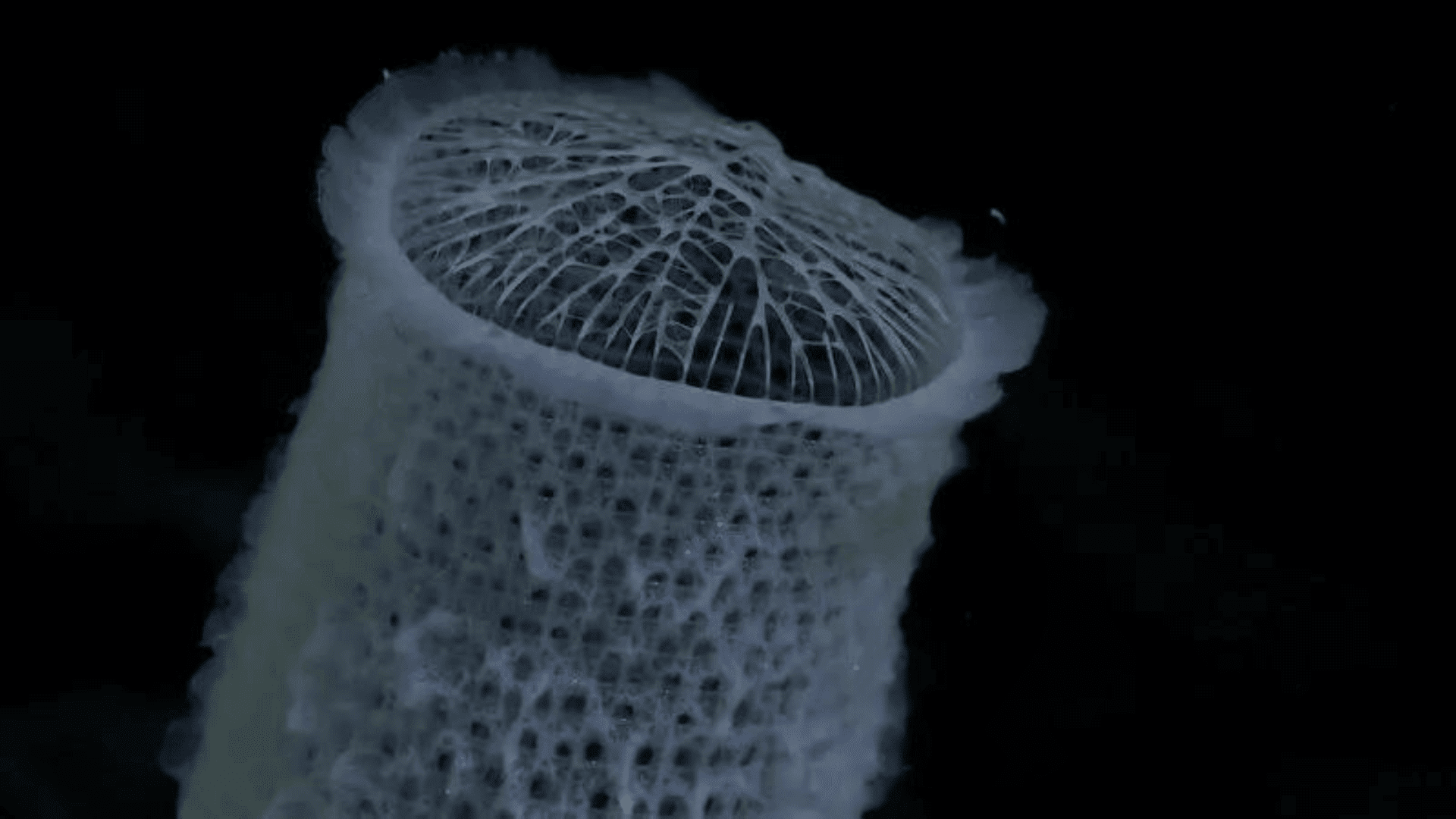
The research team mapped an area of more than 20,000 square miles of seafloor and discovered four new seamounts within Chile’s waters. Throughout the expedition, they also searched two of Chile’s marine protected areas – the Juan Fernandez and Nazca-Desventuradas marine parks.
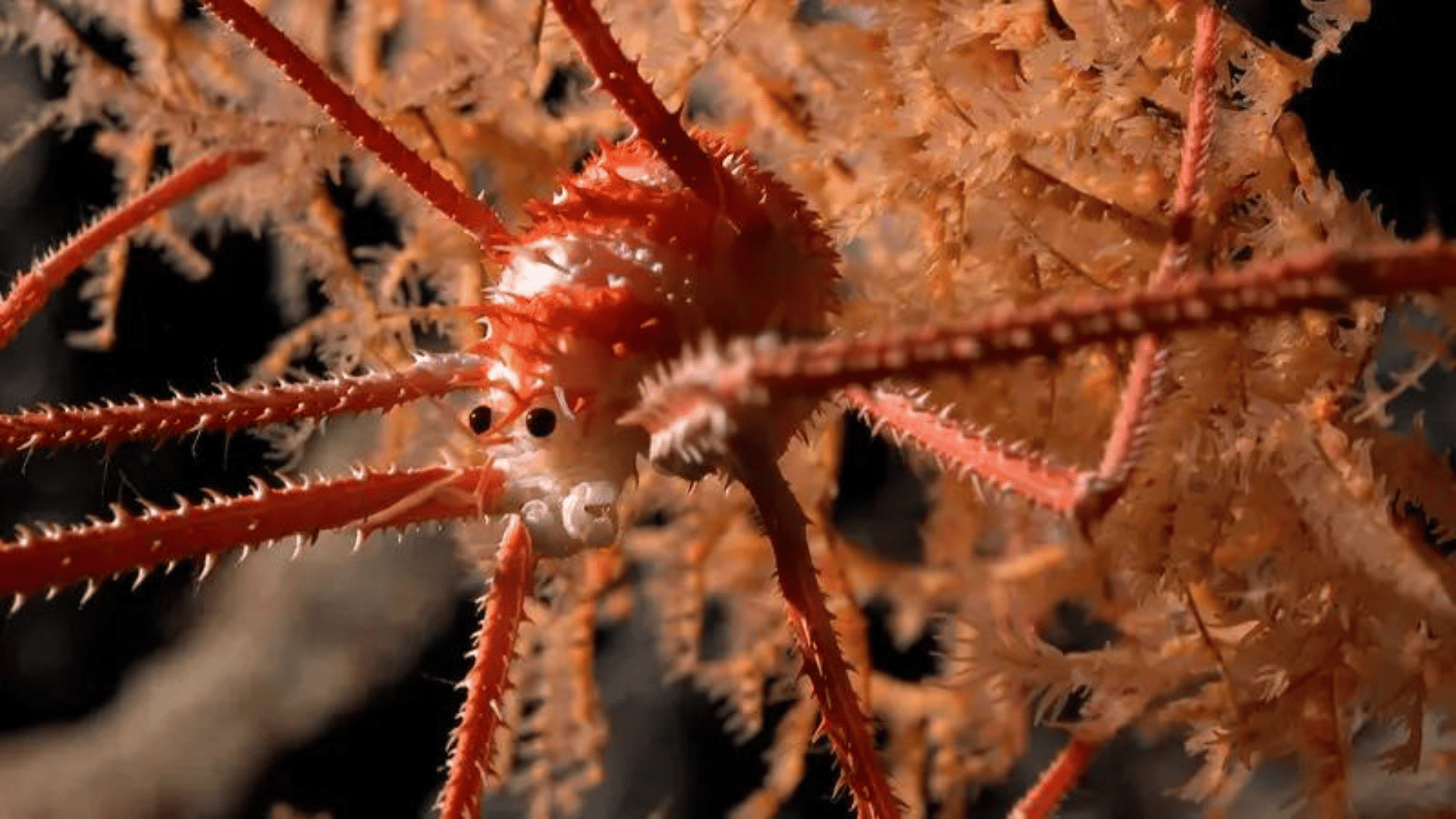
“We far exceeded our hopes on this expedition. You always expect to find new species in these remote and poorly explored areas, but the amount we found, especially for some groups like sponges, is mind-blowing,” said Dr. Javier Sellanes of the Universidad Católica del Norte. “These thriving and healthy ecosystems indicate that the Nazca-Desventuradas and Juan Fernández Marine Parks effectively protect delicate marine habitats.”
The team’s underwater robot called ROV SuBastian, which can safely dive more than 14,000 feet under the Pacific, collected data from the seamounts. The data will be used to advance the protection of these underwater habitats.
Over the next several years, the research team will analyze the genetics and physiology of the newly discovered specimens. This will allow scientists to definitively determine whether the species they suspect to be new are new to science.



